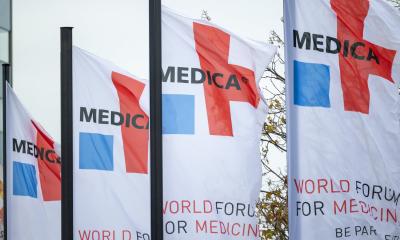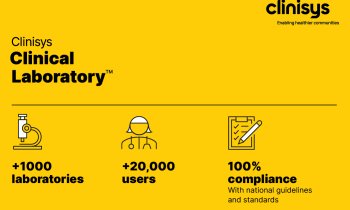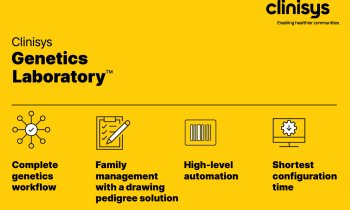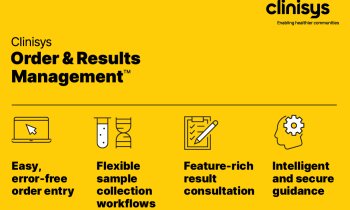Evolution
On the cusp of Medicine 4.0
In the world of technology, the term Industry 4.0 is already well known. Univ-Prof. Dr. rer. nat. Bernhard Wolf has reveals a comparable development in medicine. Smart systems and personalisation have enormous potential, the Professor for Medical Electronics at the Technical University of Munich is convinced.


What does Medicine 4.0 mean?
This term obviously alludes to the so-called Industry 4.0 where we were able to follow the development from the pre-industrial times via the introduction of the steam engine and electricity to full automation and computer technology. There have been similar developments in the world of medicine. Starting with natural medicine there was then a big advance with the discovery of antibiotics and the introduction of X-ray technology. Tuberculosis was almost eradicated thanks to X-ray technology, and the rate of complications during surgery was considerably reduced through the use of antibiotics. A further important step forward was made because of nuclear magnetic resonance and semi-conductor technology. This era of Medicine 3.0 is characterised by improved X-ray- and imaging procedures as well as the use of pacemakers. Now we are on the cusp of a new era. Smart systems and personalisation will open up new opportunities for treatment with Medicine 4.0.
Which ones are they?
One important area is oncology. A project sponsored by the Federal Ministry of Education and Research for instance has developed an implant system for the selective monitoring of dissolved oxygen. In many solid tumours, lack of oxygen correlates with abnormal metabolic profiles and sensitivity to therapeutic radiation. A sensor placed in the immediate proximity of a tumour can register increasing hypoxia and therefore deliver important information on tumour activity, which can guide individualised and optimally dosed treatment. It is even conceivable for medication to be administered directly to the tumour from a tank located within the implant.
Personalised treatment appears particularly promising when it comes to the choice and dose of chemotherapeutics. As the metabolic condition of cells and tissues not only depends on genes but also on environmental conditions it is highly encouraging to characterise metabolic products and cell signals. We have developed electronic sensors which can monitor the metabolic state of cells directly and without auxiliary reagents. The reaction of cells to medication can be followed through changes of the oxygen concentration or the pH of the tissue. We have developed a fully automated analysis platform which can produce larger series of measurements in a short period of time. This is currently undergoing clinical trials.
Are there any other areas?
A capsule containing a micro-camera has already been licensed for practical use – a development achieved by another research group. Patients can simply swallow this and do not have to undergo an endoscopy. Many other products are currently still at the experimental stage and demonstrate the principal possibility of miniaturisation which we have basically received as a gift thanks to advanced developments in the semiconductor industry. In view of demographic developments the care of dementia patients has developed into another important topic. Intelligent drug delivery systems could supply these patients with their respective medication. American research teams are even working on an implantable system which is to be used for the treatment of allergies. Our American colleagues are assuming that allergies are ultimately caused by electric malfunctions in the tissue structure. The treatment is not carried out with medication but through electrical signals.
How are these technological developments accepted by the public?
Surveys show that the general public is usually a little sceptical towards technology in medicine. However, when it comes to the concrete application of technology for a specific medical problem the majority are actually in favour of technological innovations. The clinical tests for a complex telemedicine system which is used for the monitoring of blood pressure, diabetes and obesity showed that almost all patients accepted the system. It comprises a mobile telephone and sensors which can measure blood pressure, breathing or blood glucose. The sensors transmit the data to the mobile telephone which in turn is connected to a database. The patient can receive suggestions for treatment directly from the database, and the system also offers the opportunity to collate the data so that doctors can keep a closer eye on high risk patients. I am convinced that these new technological opportunities will revolutionise the healthcare system.
MEDICA Health IT Forum
Medicine 4.0 – The medical electronics towards ingestible sensor and smart pills
Prof. Dr. rer. nat. Bernhard Wolf, TU München
Monday, 16th November, • 12:00 – 12.50 p.m.
16.11.2015









